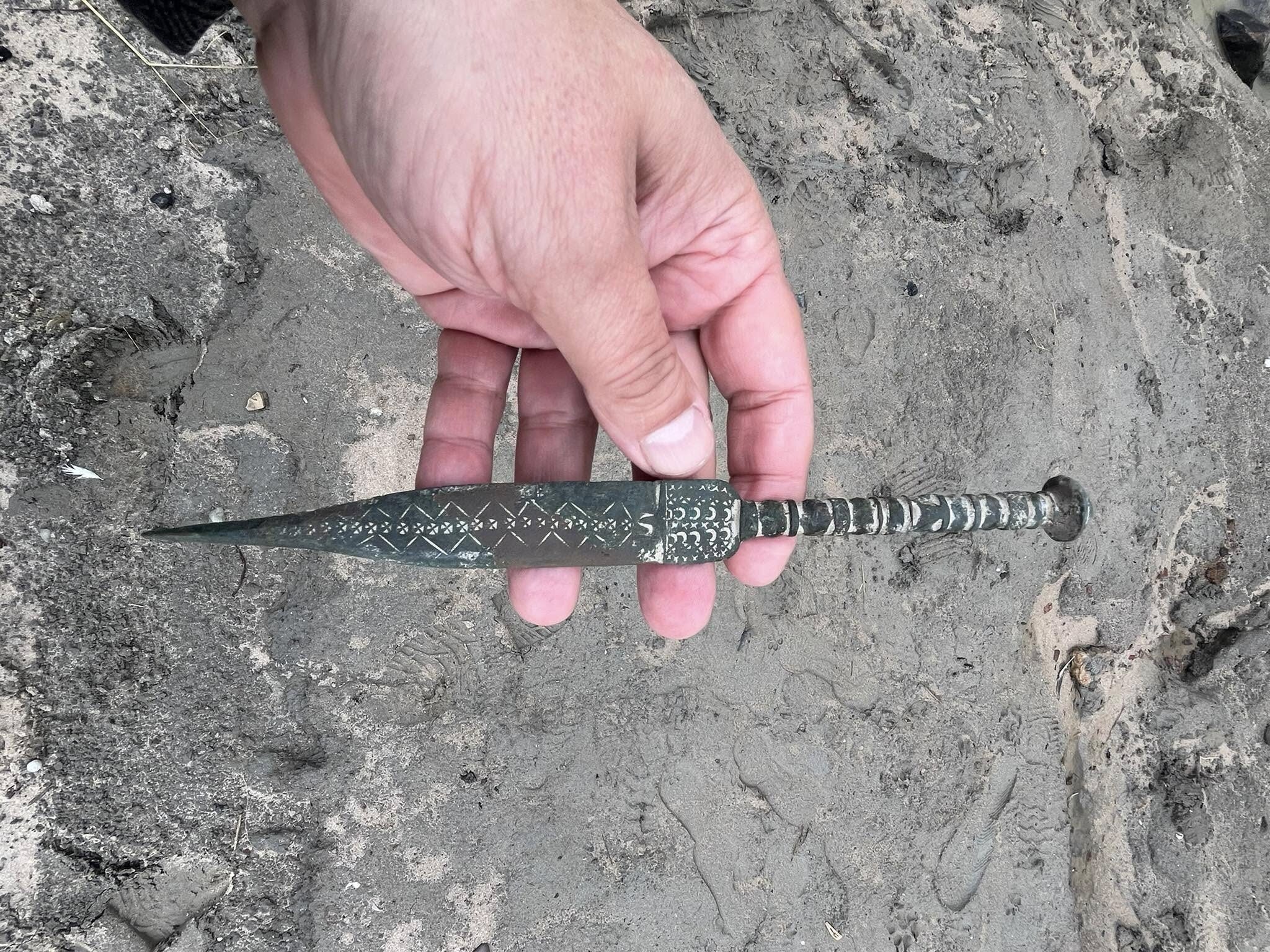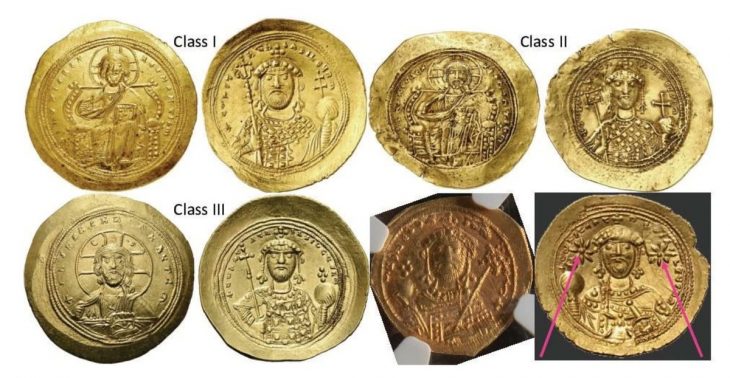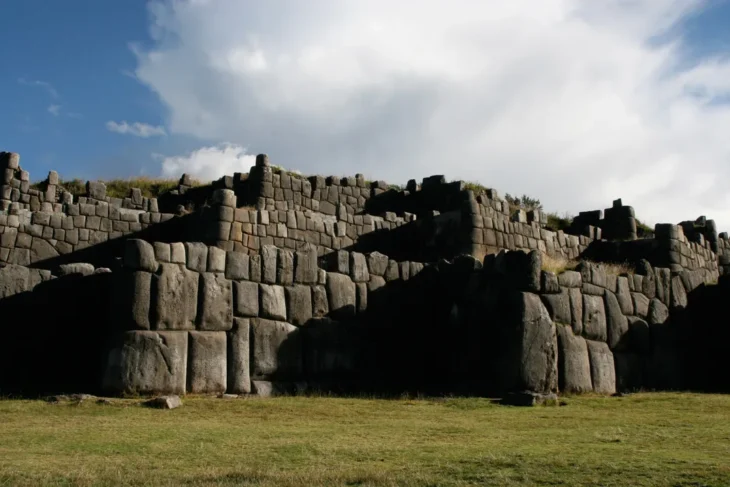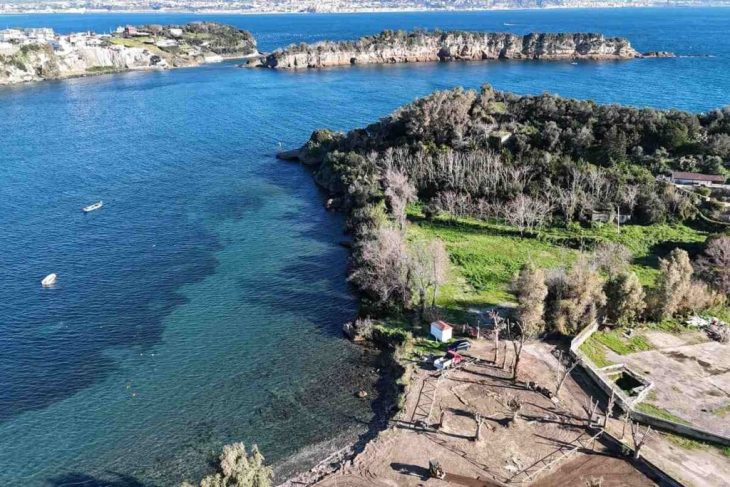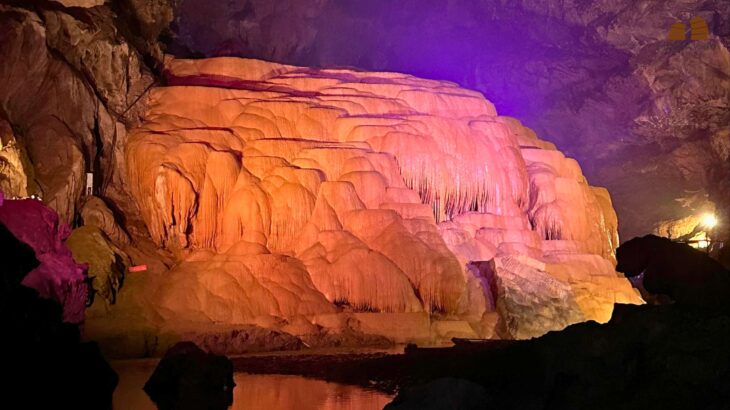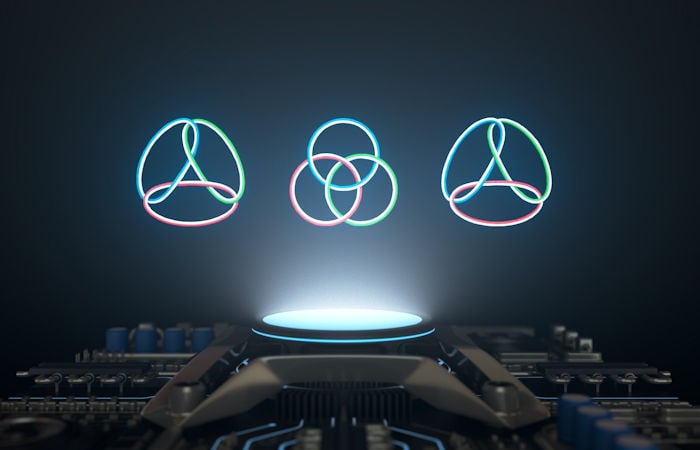After powerful storms eroded a coastal cliff along Poland’s Baltic shoreline, nature itself unveiled a secret buried for nearly three millennia — a meticulously decorated Iron Age Hallstatt dagger. The discovery, announced by the Museum of the History of Kamień Land (Muzeum Historii Ziemi Kamieńskiej) on its official Facebook page, has been described as “a true work of art from thousands of years ago.”
A Discovery Shaped by the Sea
The extraordinary artifact was found embedded in a lump of clay dislodged from the cliff near Kamień Pomorski in West Pomerania. Local history enthusiasts Jacek Ukowski and Katarzyna Herdzik made the find while scanning the storm-stricken beach. Recognizing its potential importance, they immediately contacted the museum’s director, Dr. Grzegorz Kurka, who arrived on site to secure and evaluate the object.
The museum’s statement praised the pair’s swift response, calling their actions “a model of responsible heritage stewardship.” Without their intervention, the dagger might have been washed away or lost to private collectors.
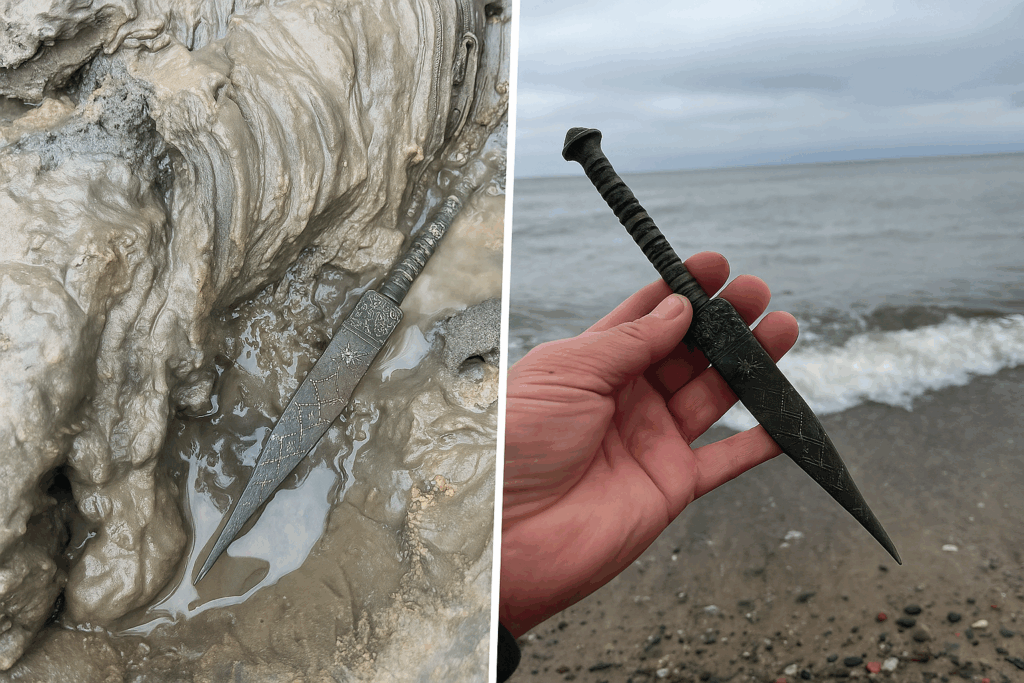
A Masterpiece of Early Iron Age Metalwork
Measuring roughly 24 centimeters (10 inches) in length, the weapon is lavishly ornamented with crescents, crosses, and geometric motifs etched along the blade. The handle terminates in a pointed pommel, decorated with alternating patterns that flow seamlessly toward the cutting edge. According to Dr. Kurka, the workmanship stands among the finest ever recovered in Poland:
“It is a true work of art — beautifully ornamented and of extremely high quality. Each engraved element is unique; I have never seen a dagger of this kind in our country.”
📣 Our WhatsApp channel is now LIVE! Stay up-to-date with the latest news and updates, just click here to follow us on WhatsApp and never miss a thing!!
As reported by Ancient Origins, the blade’s iconography — crescents and star-like crosses — may represent constellations or solar symbols, suggesting a ritual rather than purely martial function.
The museum notes that such symbolic designs were common during the Hallstatt period, a cultural horizon spanning roughly 800–450 BCE, recognized as the dawn of the European Iron Age.
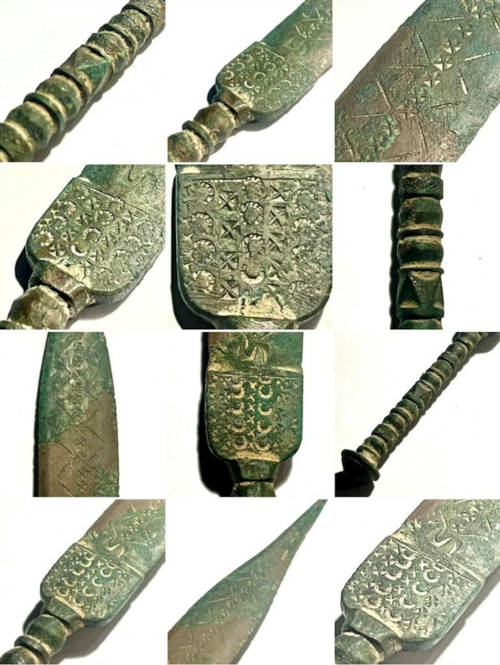
Ritual Object or Warrior’s Pride?
Scholars remain divided on the dagger’s intended use. Its elaborate surface decoration and lack of combat wear indicate it may have served as a ceremonial weapon, perhaps linked to solar or celestial worship prevalent in early Indo-European belief systems. Yet its sturdy form and balanced proportions could equally signify the possession of a high-status warrior, symbolizing both authority and divine favor.
Future laboratory analyses — including metallurgical composition testing and use-wear studies — will clarify its origin and purpose. The museum confirmed that upcoming tests will determine the alloy’s metal ratios and the casting method employed, offering insight into whether the piece was locally produced or imported through ancient trade networks.
Possible Southern European Origin
Given its artistic sophistication, Dr. Kurka has suggested the dagger might be an import, possibly cast in one of the established Iron Age workshops of southern Europe, such as northern Italy, Austria, or the Balkans. During the Hallstatt period, extensive trade routes connected Central Europe with the Baltic, enabling the exchange of amber, metal goods, and elite craftsmanship.
If this theory proves accurate, the artifact could represent tangible evidence of long-distance cultural interactions between Mediterranean and Baltic communities nearly 2,800 years ago.
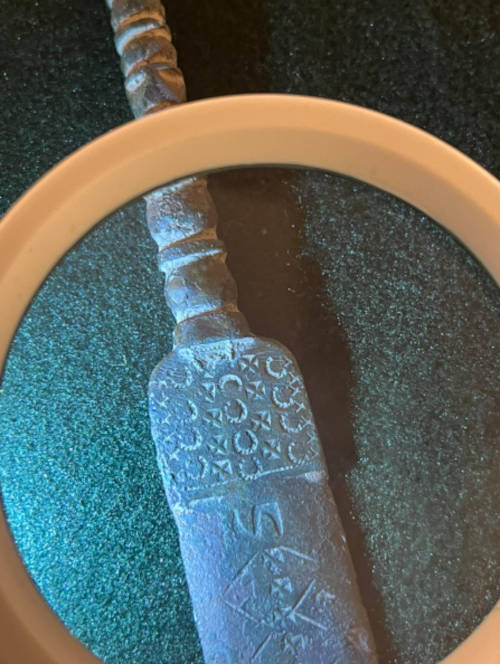
Preservation and Next Steps
Remarkably, the dagger has survived almost intact, with its decorative patterns sharply preserved. Experts from the Provincial Conservator of Monuments in Szczecin are now overseeing conservation procedures before further public exhibition. While the precise location of the discovery remains undisclosed to prevent looting, the museum hopes to retain the piece for future study and eventual display in Kamień Pomorski.
For Poland’s archaeological record, the discovery marks one of the most artistically refined weapons ever found in the country and enriches the broader understanding of Iron Age metallurgy and ritual symbolism in northern Europe.
“This object not only testifies to the high level of ancient craftsmanship,” the museum’s statement concludes, “but also to the extraordinary history of the West Pomeranian region and its timeless connection to the wider ancient world.”
Museum of the History of Kamień Land (Muzeum Historii Ziemi Kamieńskiej)
Cover Image Credit: Museum of the History of Kamień Land (Muzeum Historii Ziemi Kamieńskiej)

